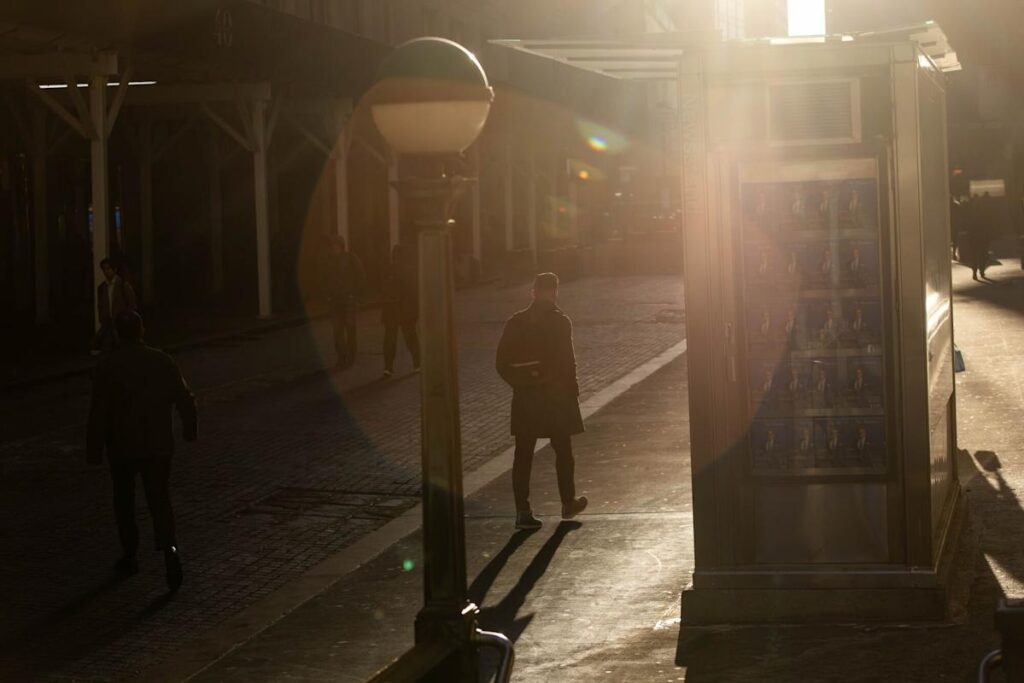(Bloomberg) — The fear sweeping through stocks and other risk assets is slowly bleeding across corporate credit markets, raising new worries that debt that has rallied for the last two years could be due for a correction.
Most Read from Bloomberg
In the US investment-grade bond market on Monday, about 10 companies postponed bond sales they had planned. Investors looked to hedge against the market getting weaker, driving the cost of protecting credit against default to some of the highest levels in six months.
Wall Street’s recession anxiety broadly ratcheted higher after President Donald Trump signaled over the weekend that the economy could suffer before it gets better. That sent the S&P 500 Index to the brink of a correction while rattled investors piled into Treasuries as the chances of an economic slowdown mount.
Investors’ growing worries are a shift from money managers’ that had largely been sanguine about company credit for much of the year. US corporate bonds saw less price movement than Treasuries last month, making the securities in some sense safer than their government counterparts, an unusual turn of events.
“We see the recent moves as a recalibration of expectations and reality,” said Winifred Cisar, global head of strategy at CreditSights Inc. “With the market worried that both the ‘Trump put’ and ‘Powell put’ are off the table, growth concerns from policy changes and a slowing consumer have started to work through credit markets, pushing spreads wider.”
While corporate debt gained on Monday, Treasuries rallied even more, driving bond spreads to the widest in nearly six months.
The average risk premium on investment-grade bonds in the US has climbed around 0.1 percentage point, or 10 basis points, since late February and now sits at the widest since September.
The cost of hedging against market downturns in credit derivatives markets has also been climbing. The Markit CDX North American Investment Grade Index widened by three basis points to its highest since August — when the meltdown of the yen carry trade lashed markets — signaling a rising cost to protect debt against default.
The high-yield gauge, which falls as credit risk rises, declined to its lowest in six months, also a sign of hedging costing more.
Story Continues


